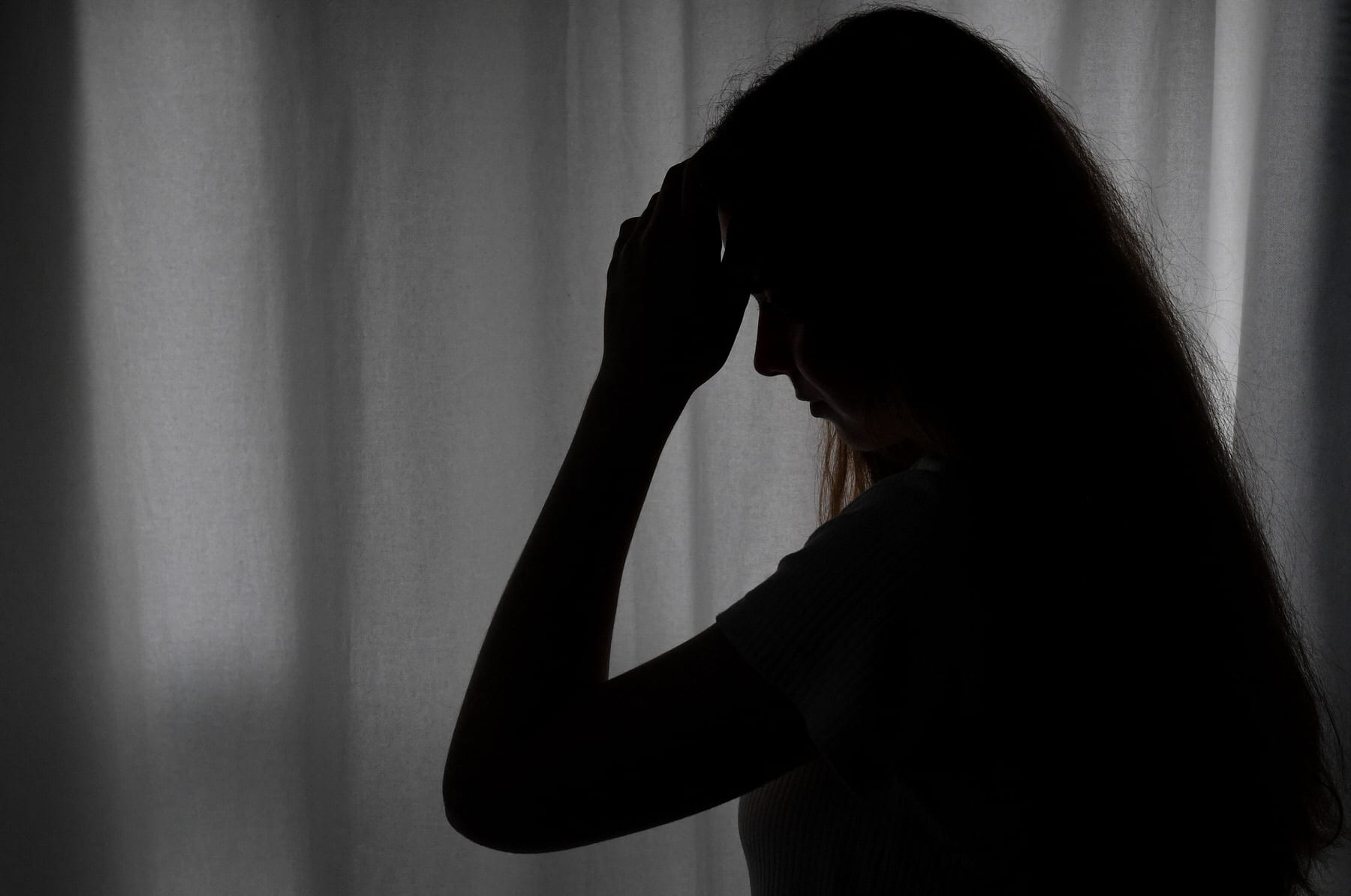If you or a loved one are in crisis, please call the National Suicide Prevention Lifeline at 1-800-273-TALK (8255), or contact the Crisis Text Line by texting TALK to 74174.
Over the past year, teenage girls’ risk of being hospitalized for a suspected suicide attempt appears to have dramatically surged, per data published by the Centers for Disease Control and Prevention. The research, released last week, is part of a growing body of evidence suggesting that the pandemic has harmed young people’s mental health, particularly that of teenage girls, who were already more vulnerable.
The paper doesn’t suggest an increase in suicides — only reported or suspected attempts that led people to seek emergency room care. In fact, the age-adjusted suicide mortality rate did not change for teenagers.
Still, the new study points to growth of a long-standing, pressing disparity. Already, young women were at greater risk of self-harm and suspected suicide attempts than young men. Among young people, suicide-related emergency visits have been steadily climbing for several years, said Dr. Susan Duffy, an emergency medicine and pediatrics professor at Brown University, who was not affiliated with the study.
But the past year may have amplified the issue.
“The trends we see among young females are consistent with other reports showing greater risk for nonfatal suicide attempts among females than males,” said Ellen Yard, the study’s author and an epidemiologist at the CDC. “The finding that young females are experiencing more severe distress underscores the need for increased attention to, and prevention for, this population.”
The CDC did not look at nonbinary teenagers or disaggregate sex and gender. In general, young people who are lesbian, gay or bisexual have been at greater risk of suicide, per CDC data. Separate research suggests transgender teens also have far higher rates of suicidality than cisgender teens, a disparity linked to facing heightened societal discrimination.
Critically, suicidal risk is only one component of mental health, and happens to be one that teen girls are more susceptible to. Duffy — who works in a children’s hospital and has seen mental health visits of all types increase over the past year — noted that the pandemic has harmed the mental health of young people across genders. The paper’s findings weren’t surprising, she said — but in many ways, they are just the tip of the iceberg.
Initially, the pandemic wasn’t associated with an increase in suicide-related emergency room visits. Suicide-related emergency room visits began to increase in summer 2020. From July 26 to August 22, visits increased by 26.2 percent compared to the same time period the year before.
ER visits then shot up further by winter, the paper found. Between February 21 and March 20 of this year, weekly emergency room visits for teenage girls suspected of attempting suicide were up by more than 50 percent compared with the number of visits in the same time span in 2019 to 2020. For teenage boys, those same types of emergency room visits went up 3.7 percent.
The trend is troubling, experts agree, but the research still leaves many questions unanswered, both about the source of the disparity and the implications. The researchers suggested some of the surge may have come in part because of increased awareness of suicide attempts, a by-product of families spending more time together.
“By spending more time at home together with young persons, some adults might have become more aware of suicidal thoughts and behaviors, and thus they may have been more likely to take their children to the emergency department,” Yard said.
Duffy was doubtful families might be more aware, noting that many spent the year burdened by pandemic-related stressors, such as the worry of illness, child care burdens and economic distress.
It’s also possible that those same challenges — COVID-associated isolation, economic problems and family health issues — could have increased the risk of suicide, Yard said. Young people lost access to many support systems, including in-person networks of friends.
The past year has also disrupted access to preventive mental health care services, which were already hard to come by, which could have added to the likelihood of psychiatric emergencies. Medical experts have long worried that children and adolescents are at greater risk of mental health crises requiring hospitalization, in large part because finding a qualified child psychiatrist is so difficult.
As of 2019, there were 8,300 practicing child and adolescent psychiatrists in the country, while more than 15 million young people were estimated to need their services, per the American Academy of Child and Adolescent Psychiatry.
And beyond the lack of psychiatrists, navigating the mental health system is particularly difficult for families — figuring out which mental health provider is suited to care for their child, or even just finding someone who takes their health insurance.
No matter the cause, though, the research underscores a critical mental health concern.
“The bottom line is that adolescents — especially females — are struggling and the COVID-19 pandemic may be having a negative effect on their mental health because of disruptions to daily life, anxiety about illness, social isolation and changes in peer interactions,” Yard said.
She added that it is important to address those concerns by helping facilitate connectedness among young people, better identifying and supporting people who are at risk of suicide attempts, and limiting access to methods of self-harm, including medications and firearms.
And mental health treatment must go beyond only suicide, Duffy said — recognizing and responding to the multifaceted ways young people have experienced distress this past year.
“It’s increased depression. Depression is a risk factor for suicide, but it’s not the only thing. And an incredible amount of anxiety,” she said. “For girls you see a turning in on themselves. For boys we’ve seen a lot of aggression, substance abuse, behavioral dysregulation in general. I think that it goes beyond suicide.”






